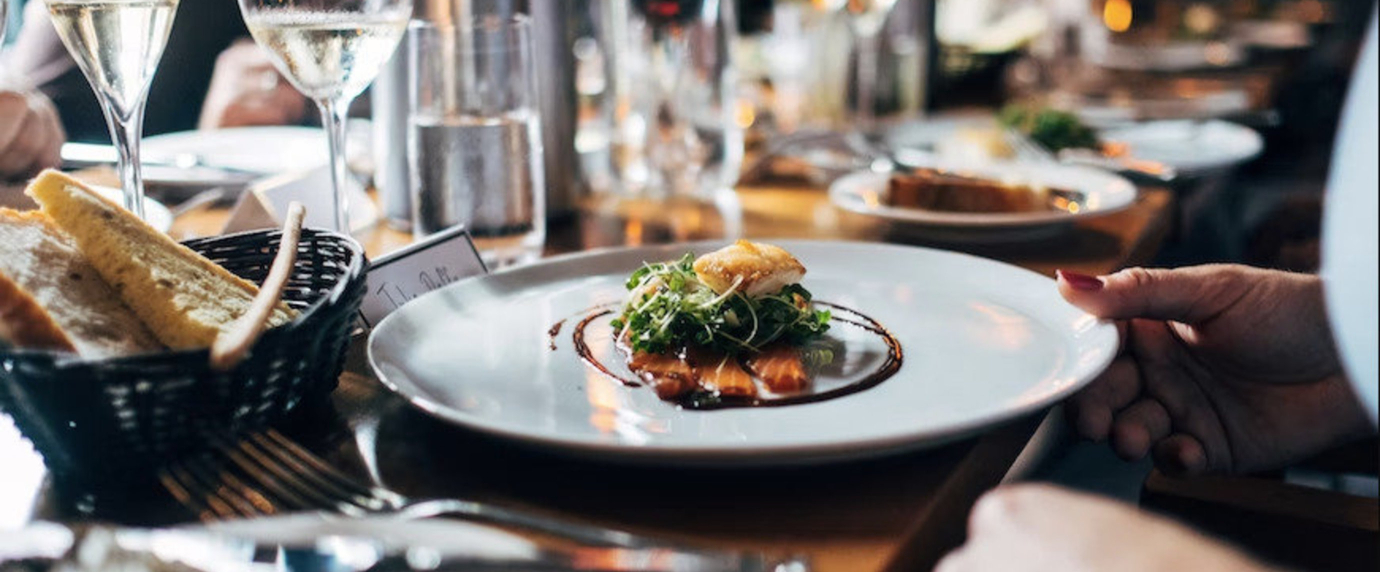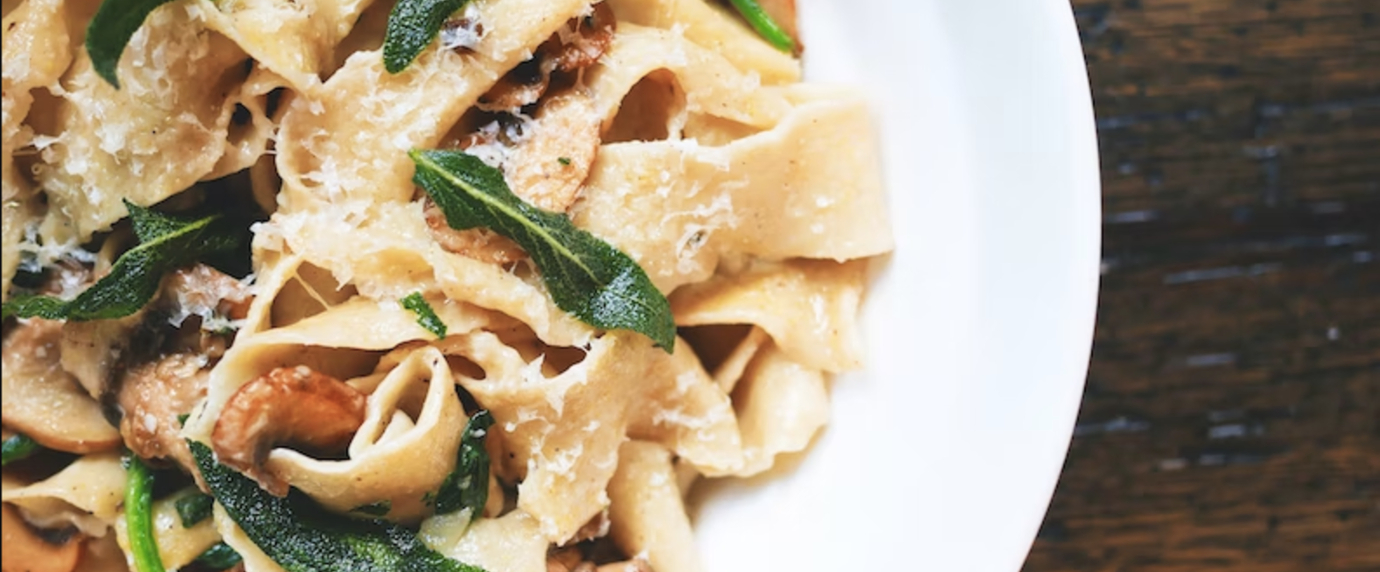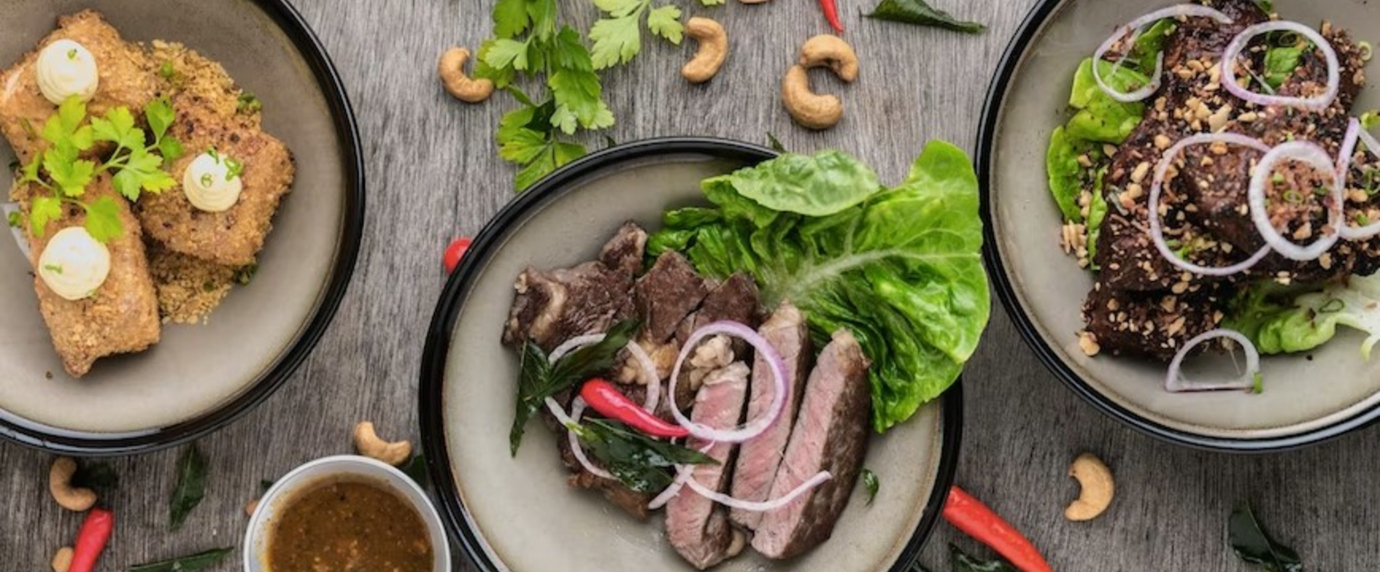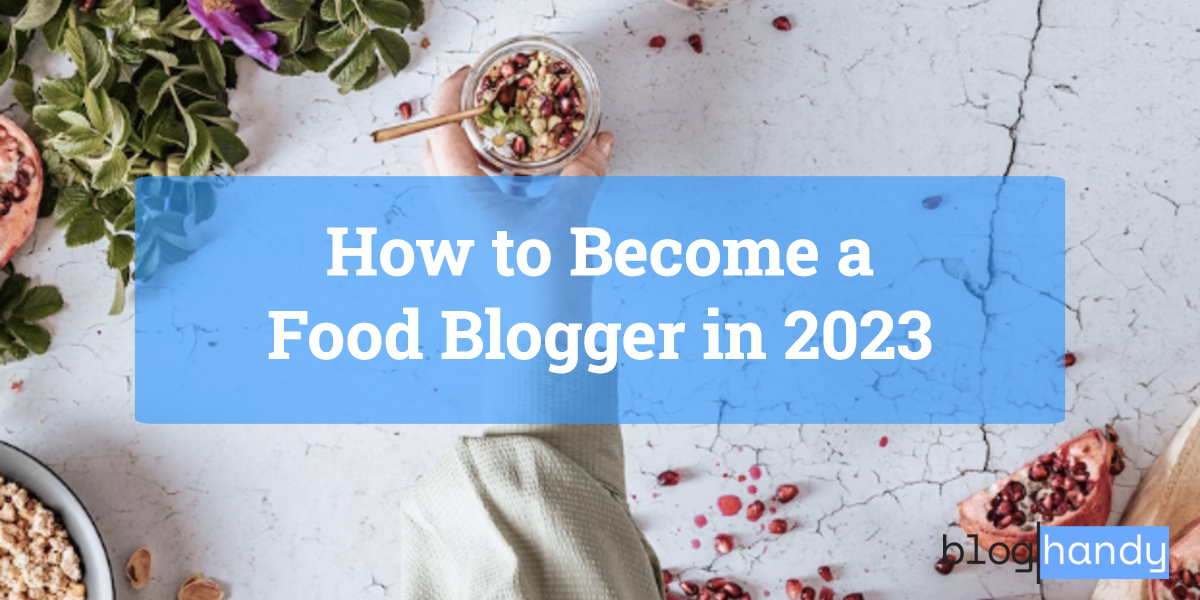If you love to cook, invent recipes, and write, then becoming a food blogger might be a viable career choice for you.
Starting a food blog can allow you to have enough freedom, as it is not the usual, 9 to 5, type of job. Furthermore, pursuing your passion, and doing things you truly love and enjoy is something many people strive for.
So why not turn your hobby into a full-time job?
We decided to help you turn your life and career for the better and show you the steps you need to complete to become a successful food blogger in 2023.
How to Become a Food Blogger in 2023

If you’re sure food blogging is your passion, and you cannot wait to share your recipes with the world, let’s see what you’ll need to become a food blogger in 2023.
Pick a niche
Before you start working on your food blog, you should think about the niche you want to focus on. Food blogging is a broad term. That's why we advise you to focus on one specific topic to produce better results and achieve success much faster. This is how we can make a difference between:
-
Cooking bloggers. Cooking bloggers usually focus on trying and preparing different recipes and posting them on their websites and social media. Frequently, they try out various national dishes, but also experiment and make their unique recipes.
-
Restaurant reviews. Other types of food bloggers focus on dining out and writing about their experiences. These bloggers usually know the go-to places in their area but also share advice for those who travel abroad and want to eat well.
-
Extremely niche blogs. If you’re passionate about one food topic, then you might create a food blog focused on one topic, such as veganism, keto food blogs, no-bake blogs, and so on.
Pick a name for your website
Choosing the name for your food blog is the second most important thing you should do when starting a food blog, after picking the niche. Since changing it after years of writing is hard and requires a lot of resources, you should take time to carefully craft a name you’d like years from now. That said, you should pick a name that’s:
-
Easy to remember and write
-
Has something in common with the niche you’re in
-
Is catchy
-
Doesn’t contain numbers and hyphens
After you choose the name for your blog, the next step is to find and buy a domain with the same name. We recommend opting for a .com domain as it is the easiest to remember.
Secure hosting for your blog
Hosting is another important task you need to complete to start a food blog. Choosing a reliable hosting provider is vital to avoid providing a bad user experience to your readers and penalties from Google due to low loading speed.
To ensure you choose the best hosting provider, you can always ask your fellow bloggers for a recommendation, or seek reviews on the internet. Overall, choose providers that are several years on the market, as it is one of the first signs of their reliability.
Install WordPress
Many blogging websites run in WordPress as it is the easiest to manage, and it’s usually pretty well suited for SEO optimization. In addition, many hosting providers come with a free WordPress installed so for many bloggers it’s a no-brainer about which one to use. Once you install WordPress on your website, you should choose a theme.
[https://www.bloghandy.com/blog/webflow-vs-wix-which-website-builder-is-better]
Usually, you will have the option to either choose a free theme or buy one. Whatever you choose, it’s good to know you can adjust and customize them to your needs, however, you’ll have some prior knowledge of WordPress to do so.
Add a blog section to your existing website
If you already have a website, but you lack a blog section, you can add it effortlessly using BlogHandy’s services!
All you need to do is to visit BlogHandy’s website, subscribe to one of three affordable plans, and add a blog section to your website with just two lines of code.
.jpg)
The best thing is: no coding knowledge is necessary! BlogHandy will instantly inherit all your website design and CSS, meaning you won’t have to spend time adjusting templates and themes.
Furthermore, BlogHandy allows you to create an SEO-optimized blog with prebuilt social sharing options and an SEO analyzer.
.jpg)
Start blogging
Now, after you set up everything, it’s time for you to start writing! However, before you do it, make sure to have a clear content plan that will ensure you always have plenty of topics to write about, but also rank on Google’s search engine.
Writing good content itself is not enough to become successful. You should pay attention to the headlines, and photos you include in your blog posts, and make sure your content is authentic and genuine. Always remember to be yourself, as readers value authenticity!
Ultimate tips to make your food blog successful in 2023

Now that you know how to set up your food blog, let’s see what else you can do to make it successful.
-
Post regularly. Posting regularly will allow you to build authority and be recognizable among the audience. Furthermore, higher content volume is more likely to get you higher traffic and the chance to rank higher and better.
-
Be authentic. The best tactic for building your readership is to be as authentic as possible. People love honesty, and they love to see the character behind the words. That said, make sure to always be yourself, and avoid copying others.
-
Name your recipes. Even if you don’t write about a unique recipe you invented, make sure to add something to each dish you make. Then, name the recipe to brand it as yours and keep readers coming to your blog.
-
Boost your photography skills. Photos make a considerable part of the success of food blogs. Make sure to go to some food photography classes and learn the best way to photograph your dishes, and how to present them to be more appealing.
How can you monetize your food blog?

While you can expect a steady income from your food blog after years of working on it, that doesn’t mean you won’t see any money from it until you get a steady readership. The truth is it is possible to monetize your blog early on and start making money. Here’s how.
Sign up for display ads
Bloggers frequently use display ads as a way to monetize their blogs. Setting up display ads on a blog usually makes up the biggest part of a blog's revenue. According to data, bloggers can earn anywhere from $0.01 to $0.25 per page view through display ads. And while this doesn’t seem much, as you gain traffic on your website, you can earn up to $100 or more from a single blog post.
The only downside to display ads is that they often disrupt the reading process, and the fact the blog owner cannot influence the choice of ads readers will see.
For those who just started their food blogging business, here are a few ways to improve their AdSense revenue:
-
Create a Pinterest account
Pinterest is one of the best places to promote your food blog. First, because it’s a highly visual platform, and with attractive photos of the food you make, you can quickly draw people’s attention. Secondly, it’s handy and allows users to create virtual cookbooks they can view from anywhere effortlessly. Lastly, Pinterest is an amazing platform to promote your food blog as readers need to go to your website to get the full recipe, making it the perfect way to redirect traffic.
[https://www.bloghandy.com/blog/7-blogging-trends-to-keep-your-blog-relevant-in-2022]
-
Improve the photos on your blog
Improving your photography skills can help you drive traffic to your website and earn money much faster. That said, make sure the photos of the food you make are high quality and interesting, to generate traffic on social media, and ultimately, to your website. You can always take classes and courses on ins and outs of food photography, and quickly improve your skills.
-
Optimize your website
Website optimization is one of the key elements of increased traffic. That said, make sure to optimize your recipes as much as possible, help readers find you easier, and increase traffic much faster.
Earn from the affiliate links
Another way of monetizing your food blog is through affiliate links. This means that you sign up for deals with different stores and manufacturers, and recommend their products in your blogs, and each time a reader clicks on that link and makes a purchase you receive a commission.
Write branded content
Another way of earning through your food blog is by writing branded content for different stores. For instance, you can review products, such as kitchen supplies, or create a recipe that will promote a single food brand. You can start by cold emailing local brands and food stores, and after you gain readership, you can switch to store chains and more famous brands.
Sell e-books and meal plans
You can also sell e-books and meal plans through your website to earn more money. By offering different meal plans to your readers, you will relieve them from the everyday stress of what to cook, and help them achieve their unique goals (for instance losing weight, becoming vegans, and so on). Plus, you won’t have to invest much into this idea, you can always use existing recipes you have on your website and offer their downloadable version.
Final Words
After reading this article, you see what steps you need to take to start a food blog. While all of this might sound scary, doing things you love and enjoy will make up for all the effort. We cannot wait to see your recipes online, and, what’s more important: we cannot wait to try them out! So, when will you take a leap?


